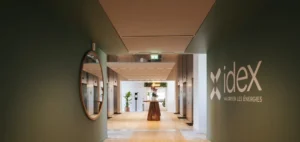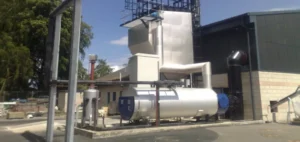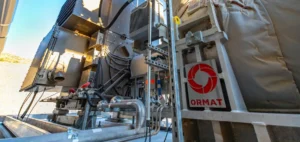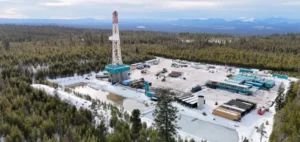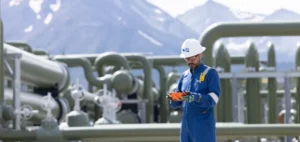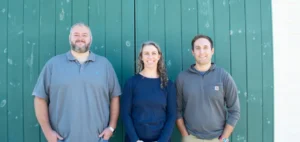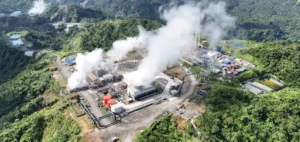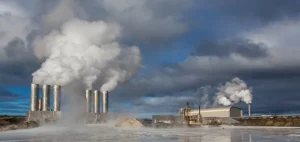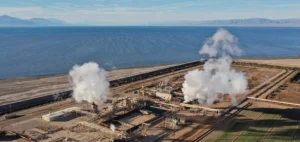The North American geothermal energy sector reached a record level of investment in the first quarter of 2025, with funding totalling $1.7 billion, marking an 85% increase compared to the entire annual amount for 2024, according to a Wood Mackenzie report published on June 30. This acceleration is linked to the emergence of new techniques capable of exploiting previously untapped geothermal resources, notably through Enhanced Geothermal Systems (EGS).
Commercial projects accelerate
According to the Geothermal Market Update study, these innovations include Enhanced Geothermal Systems (EGS), Advanced Geothermal Systems (AGS), and Super-hot rock technology. These techniques allow access to deep thermal resources independently of traditionally exploitable geothermal sites.
The market thus announced 47 new wells drilled in the first quarter of 2025, representing an 80% year-on-year increase. The United States and Turkey dominate these developments, accounting for almost half of all new projects. The Cape Station project developed by American company Fervo Energy in Utah, with a capacity of 500 megawatts (MW), demonstrates commercial competitiveness at $79 per megawatt-hour, without subsidies.
An untapped potential of 500 gigawatts
Although geothermal energy currently accounts for less than 1% of global energy production, its potential could reach up to 15% by 2050, according to Wood Mackenzie. Currently, the United States has an installed capacity of 4 gigawatts (GW), significantly below the estimated potential exceeding 500 GW. The most promising regions are primarily located in western U.S. states, where temperatures exceed 150 degrees Celsius and heat flow exceeds 80 milliwatts per square meter.
Canada also shows significant geothermal development potential, especially in British Columbia, Alberta, Saskatchewan, Yukon, and Nova Scotia. In 2024, the Canadian sector attracted major partnerships, such as that between Deep Earth Energy Production Corp. and the company SLB, aiming to launch Saskatchewan’s first next-generation project.
Government support and new applications
U.S. authorities are increasing their support for geothermal projects. The United States Department of Energy (DOE) has conditionally committed $1.36 billion in funding to Project ATLiS, which aims to extract lithium from geothermal brines. Additionally, new exploration activities have been initiated covering more than 100,000 acres in Chile, Alaska, and Utah.
Regional policy initiatives are also multiplying in the U.S., with measures taken in Colorado, Nevada, Utah, and North Dakota to facilitate permitting and accelerate project development. Canada allocated over CA$50mn in 2024 to support the sector.
Key technologies for the energy future
Three major innovations explain this investment momentum. EGS systems use hydraulic fracturing to exploit heat from deep dry rocks. AGS systems enable exploitation through closed-loop circuits without directly extracting formation fluids. Lastly, Super-hot rock technology targets temperatures above 374 degrees Celsius at depths exceeding five kilometres.
According to Wood Mackenzie’s projections, these technologies could account for 46% of total geothermal energy production by 2050 in a carbon-neutral scenario. This technological advancement addresses historical sector challenges, including high costs, geological constraints, and technical limitations.
With gradual technology maturation and anticipated cost reductions, geothermal energy could play a central role in North American electricity grid stability, complementing the intermittent sources already deployed.



